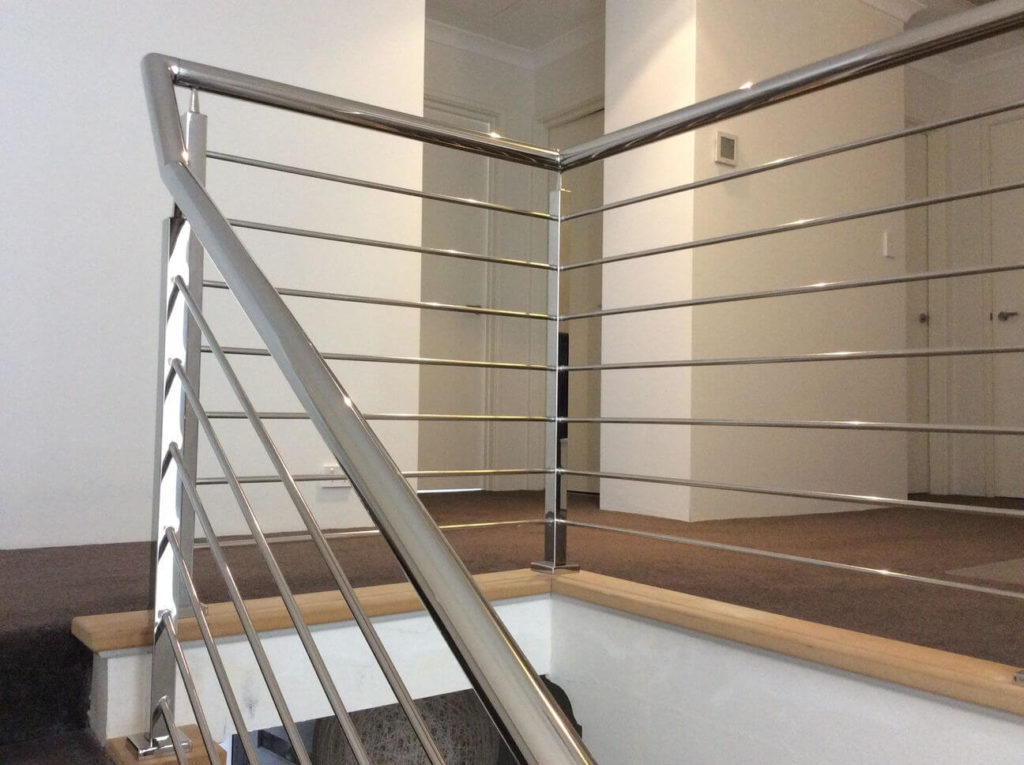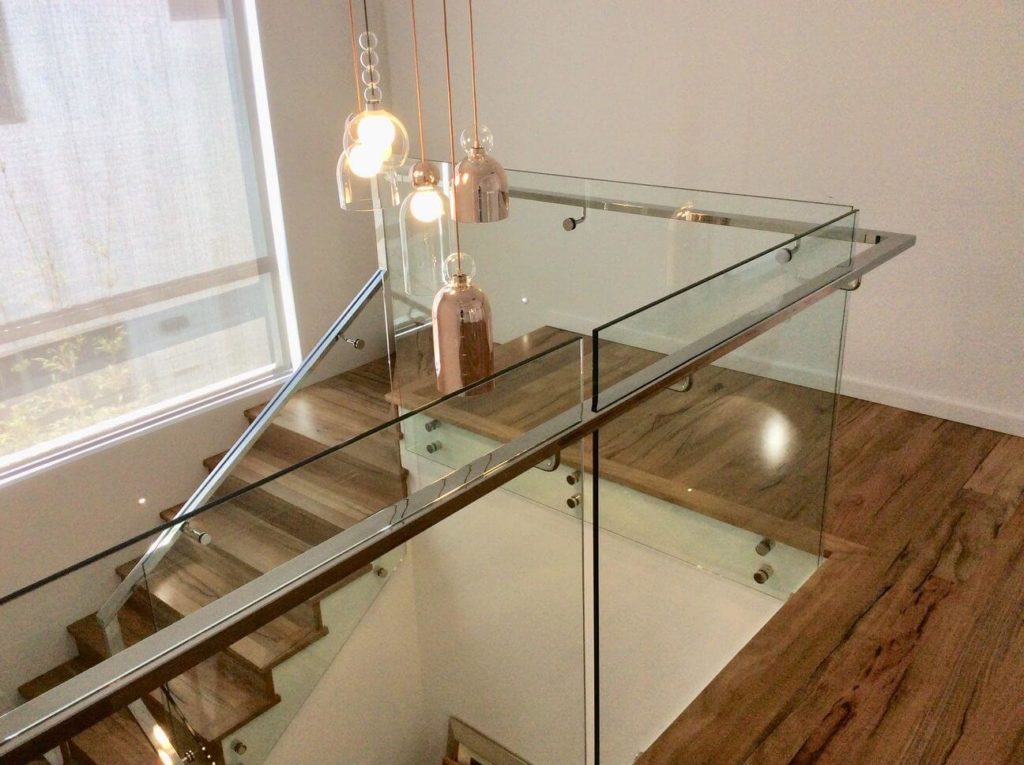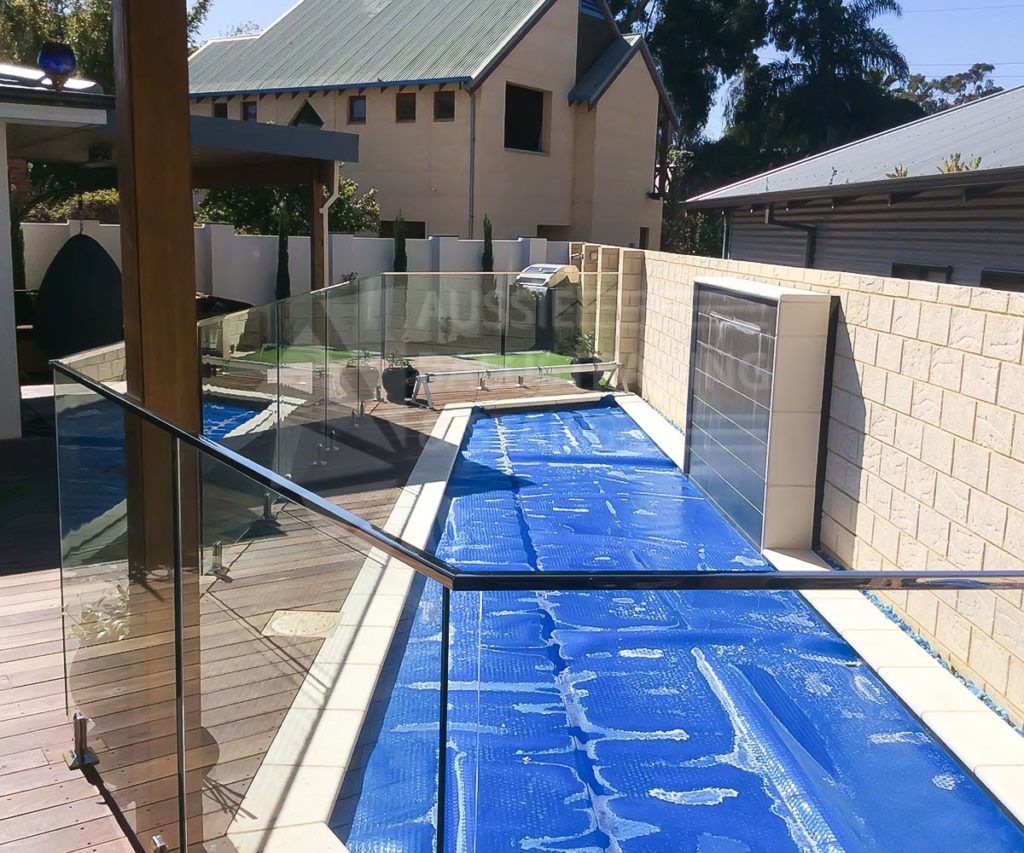To prevent any infractions and safety issues, it’s critical to ensure that your building project adheres to the Building Code of Australia (BCA) standards. Different laws apply to different construction components, so you should keep track of your logistical costs to ensure you’re installing them appropriately. The BCA has specific regulations regarding installing glass balustrades on stairwells, balconies and other surfaces in Perth and surrounding areas. This article is mainly concerned with glass balustrades and how high handrailings should be to comply with BCA regulations. Read on!
General Height Guidelines on Australian Balustrades
THE BCA standards require a balustrade erected in Australia to be no less than:
- 1000 mm above the completed floor and 4000 mm when there is a risk of falling through an open window.
- When a balustrade is installed along the inner edge of a landing, it must be 865mm above the landing floor to a ramp or stair and no more than 500mm in length.
- A transition zone should be included if the balustrade height changes or changes from 865mm on the stair flight or ramp to 1m at the landing.
Australian Regulations on the Height of Glass Balustrade Handrails
According to the BCA’s rule, railings, balustrades and other obstacles must have at least 1000 mm of space between their highest point and the adjoining floor.
According to the exact specifications, the minimum thickness for glass panels is 10mm toughened safety glass. A handrail must be installed on panels that are more than 1000mm from the FFL (finished floor level) so that in the case of glass failure, the rail will operate as a barrier, preventing people from falling or stepping through. Toughened Laminated Safety Glass may be utilised without a handrail.
Furthermore, every stairwell must have at least one handrail with a smooth continuous top surface along the whole length of the flight of the stairs. When the stairway’s width reaches 1000mm, a railing on either side is required.
The ‘going’ (step width forward) of a staircase shall be no more than 355mm, no less than 240mm for private stairs, and no less than 250mm for public stairways.
An open staircase must also be constructed and designed to prevent a 125mm sphere from passing through the treads. This safety measure prevents a small child’s head from becoming entangled between the stairs.
Possible Violations Against BCA Rulings
Aside from the criteria mentioned above, you may end up breaking the BCA’s balustrade regulations over time. For example, renovating the flooring of the existing floor adjacent to the floor may result in a violation of the 1000-mm restriction indicated above. This raises the floor level without altering the height of the balustrade.
Concrete cancer is another potential cause of a breach of safety risks. It’s an issue that affects the tension wire between balustrade posts. It’s also known as spalling. Timber balustrades may come loose and sway unsafely as a result of spalling.
Conclusion
Finishing accents and features, such as lighting fixtures and balustrades, serve aesthetic and safety functions in buildings. It’s vital to understand everything you can about the legislation governing these materials before starting any construction project. This will allow you to make the required changes to your design without dealing with future infractions and penalties.
Aussie Balustrading sells steel and stainless steel stairs, wireless balustrading, glass pool fencing and residential and commercial handrails. We are the go-to experts of balustrading, stairs and safety handrails in Perth. Whether your project is residential or commercial handrails or balustrades, we’ve got you covered. Get in touch with us today and let us know how we can help!




